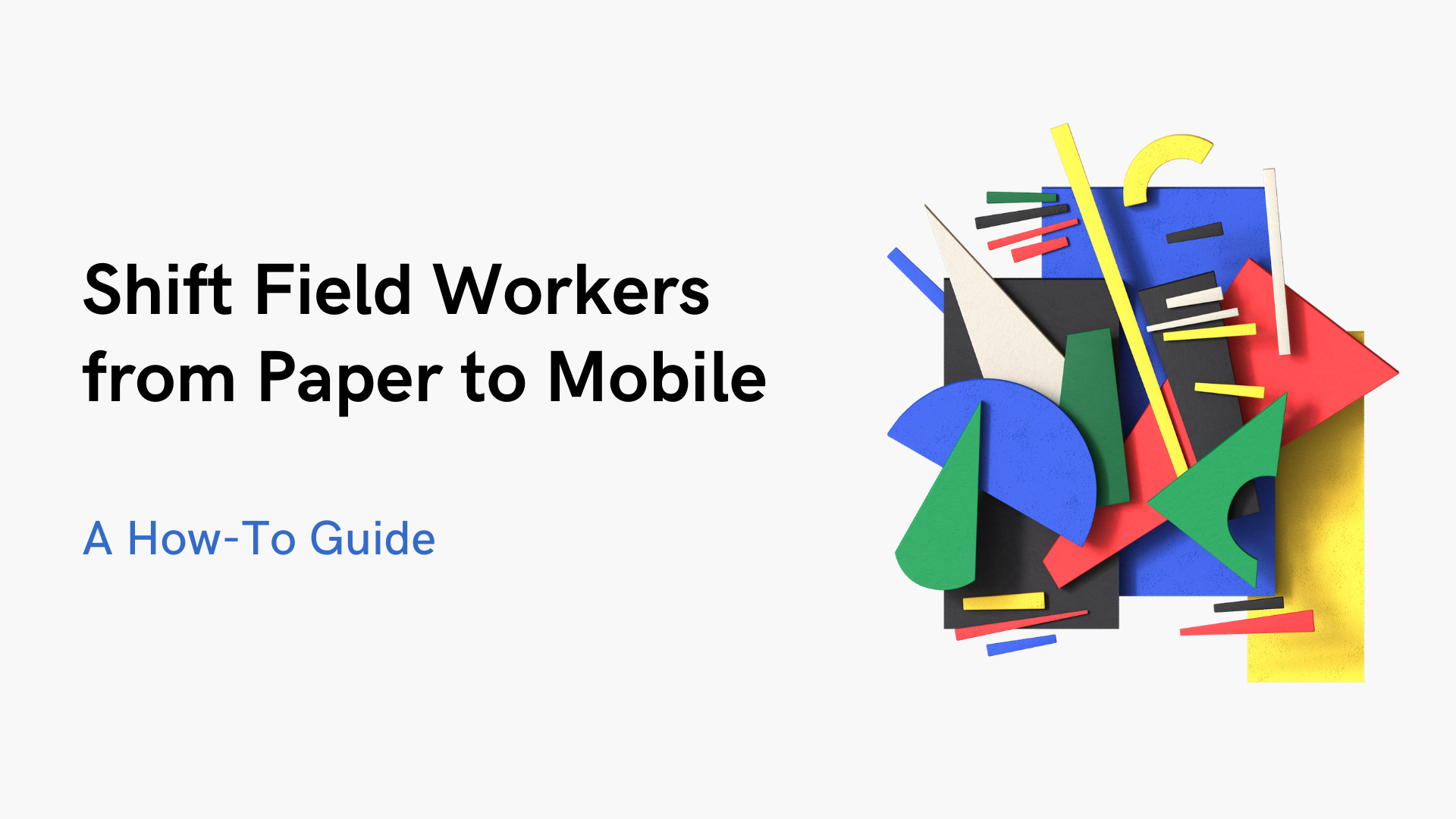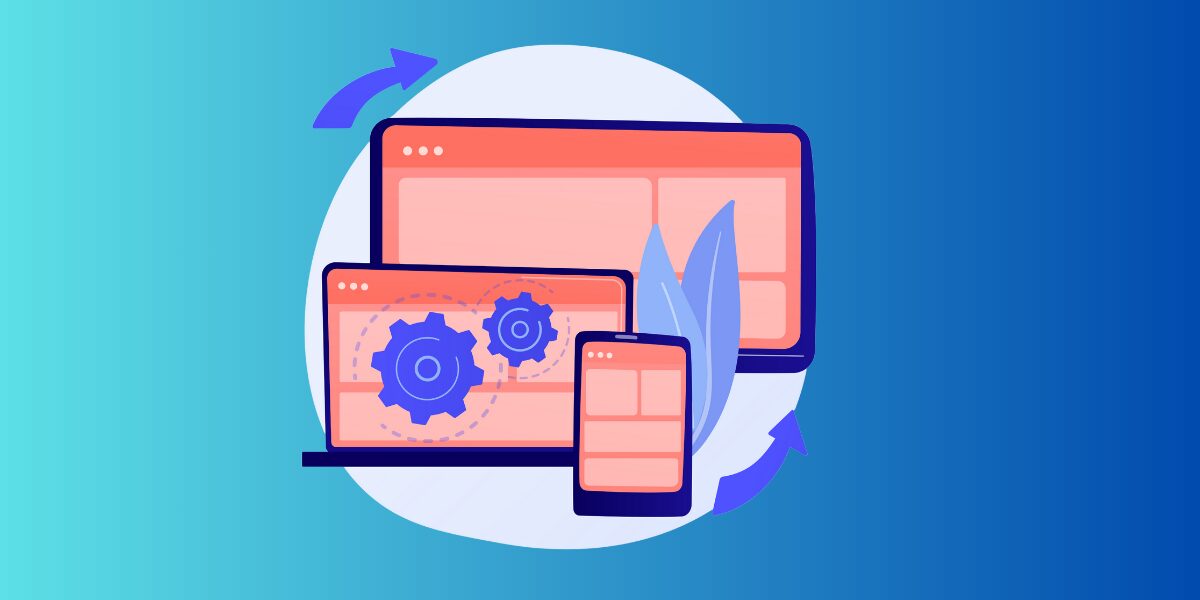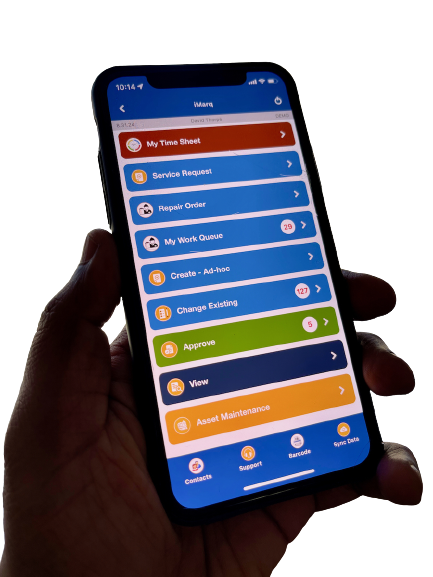Keep your employees physically mobile without the paper-based processes.
Many electric, cable, telecom, and utility companies are inherently mobile. Their services teams spend a huge portion of their time at or between customer locations and little in the office. Even though their workers are physically out of office most of the time, many companies are still heavily reliant on paper forms and processes.
Yet, take away the papers and many are left without vital information such as work orders, asset history, and instructions. With the use of mobile apps and a cloud-based business, field employees can thrive. But change can be difficult, especially when processes have been in place for years and they seemingly work. In fact, one of the greatest impediments to change is when the status quo has been relatively successful; how do you convince stakeholders that change is necessary when your organization has been operating successfully for 20+ years?
Here are a few tips for starting the transition process from paper to digital:
Test before deploying
Test the waters with a few select employees before installing it company-wide. Sampling it beforehand will allow you to compare the productivity of mobile app users to non-users, all the while providing your team the opportunity to offer feedback. Some of the largest deployments Connixt has worked on have always stated with a select subset of end-users and one or two core processes – their feedback has always proved to be invaluable and they also act as the best evangelists of the app to their fellow workers during the wider roll-out.
Ensure multi-device and multi-platform compatibility
Be aware of all of the platforms that workers would need access to, whether it’s iOS, Android, tablets, desktop, etc. Check the app for compatibility on all appropriate devices, and determine what types of mobile devices best fit your field workers to conduct their day-to-day basis. The best apps including iMarq, work on all devices and operating systems – something that is a necessity to ensure you are not locked onto one device and one OS forever. Mobile apps won’t do much good if they are restricted to just one device/OS.
Don’t just take into account your devices, however. Make sure you have a detailed understanding of every software in use as well. Will the new product API/integrate with what you have in place? Will you need to move on from those legacy platforms? If so, what would that entail? It’s not necessarily a bad thing if your new vendor doesn’t API with legacy software – consolidation is generally a good thing. But you’ll want to have a plan and a strategy in place before making any transitions so that you’re not left surprised when you get the ball rolling. Connixt’s Open Enterprise Architecture, for instance, makes deployments future-proof – if you upgrade or even migrate to a completely new environment, you simply unplug Connixt from the old system to the new one with zero impact for the front-end users.
Better user experience
Workers have ingrained ways of operating, so moving from paper to mobile is a challenge many businesses will face. Your sales teams, technicians, and other field service workers will be the ones using the mobile app on a daily basis, and their user experience is critical. Encourage real-time feedback so that you can solve issues as they arise. Remember, your field workers are people – in their personal lives they’re likely interacting with interfaces like Google, Facebook, Amazon, etc. and they are not only used to a clean interface and user experience but they’re started to expect it. Don’t make work harder for your teams, give them a tool that doesn’t have a major learning curve.
Cloud-based solutions and dashboards
If your field employees are out of the office for extended periods of time, be sure that the mobile apps are able to link back to the office routinely. If not, the valuable input data from the field employees deny the corporate decision-makers the real-time data that they need. There are too many cloud-based digital options to deprive your employees of that level of access to real-time reporting from anywhere. And, do ensure that the mobile apps can also operate where there is no connectivity – usually called “offline mode”. Especially if your employees are likely to operate in environments with little wifi or cell connectivity – for example in underground substations or in the middle of a highway. And, even in workshops where WiFi is available, it makes sense to provide for those unlikely failures of connectivity.
Are you ready to get started on enhancing the productivity of your mobile workforce, lower costs from paper inefficiencies, and improve customer satisfaction? Contact Connixt to get started with iMarq that automates your critical business processes with a mobile-first strategy that makes it easy to integrate your field workers, contractors, customers, and suppliers into your processes.





